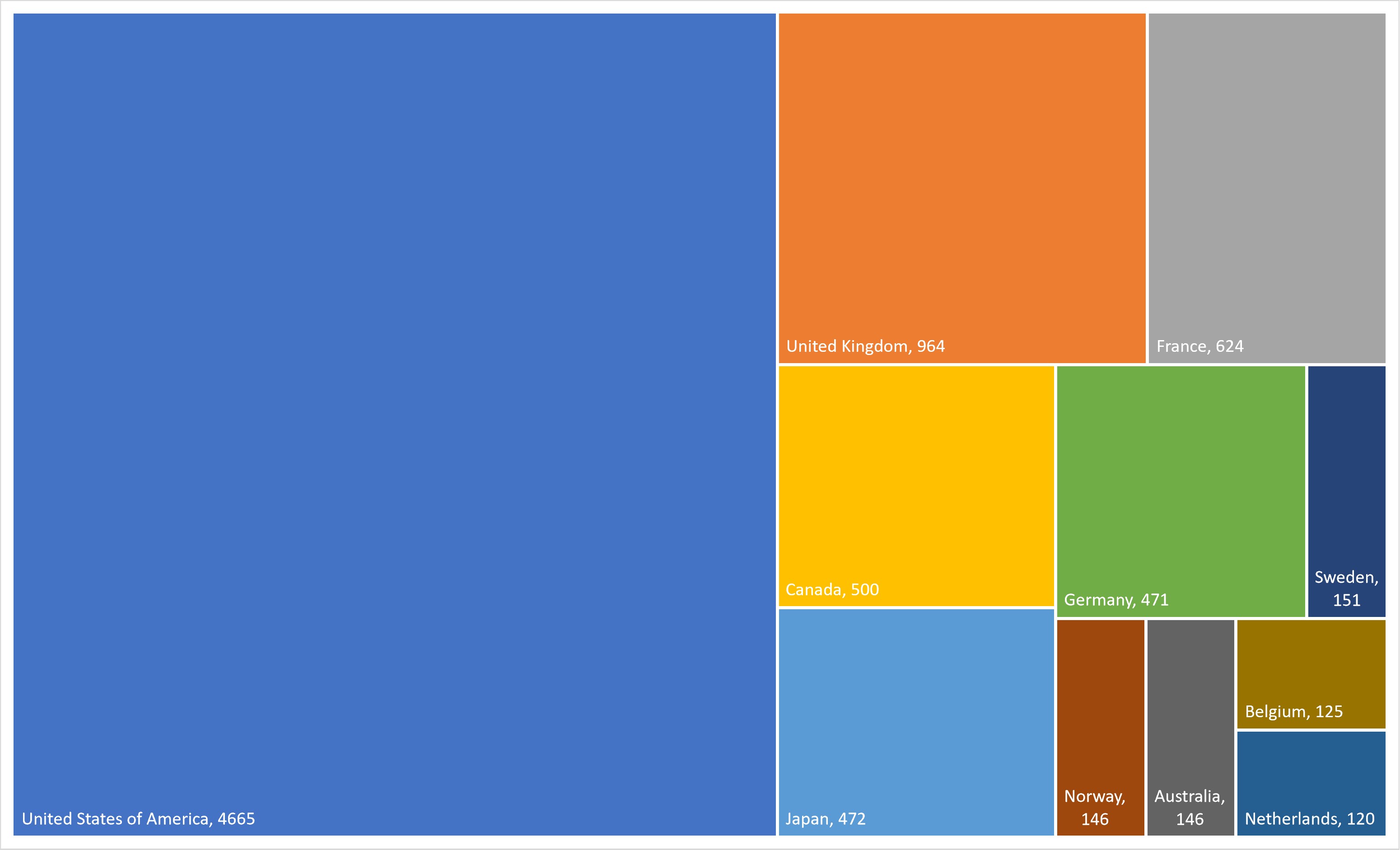
International donor funding for tuberculosis: an analysis of donor reports to the Organisation for Economic Co-operation and Development
In 2002, the World Health Organization (WHO) started annual monitoring of funding for tuberculosis (TB) prevention, diagnostic and treatment services, based on data reported by national TB programmes (NTPs) in annual rounds of global TB data collection. Findings have been published in global TB reports and peer-reviewed publications (1-3). However, not all international donor funding for TB is captured in the data reported to WHO. Therefore, each year WHO complements its analysis of data reported by NTPs with an assessment of international donor funding for TB, based on donor reports to the Organisation for Economic Co-operation and Development (OECD).
The OECD’s creditor reporting system (CRS) (4) is the most comprehensive source of information about international donor funding. The CRS Aid Activity database enables analysis of where aid goes, what purposes it serves and what policies it aims to support, on a comparable basis for all members of the OECD Development Assistance Committee (DAC). Data are for developing countries or territories eligible to receive official development assistance (ODA); they are collected for individual projects and programmes, with a focus on financial data (4).
As of 2022, funding data (both commitments and disbursements) were provided by 37 multilateral donor organizations, members of the OECD’s DAC (29 individual countries and the European Union) and a further 20 countries beyond the DAC that report to the OECD. Disbursement data include both direct transfers to countries and the provision of goods and services (e.g. in-kind transfers or technical assistance).
Data were analysed on gross total official disbursements for TB (code 12263: Tuberculosis control) received by non-OECD countries during 2010–2020 (as of September 2022, the latest year for which data have been reported is 2020). The CRS does not capture funding for TB that flows from one OECD member to an institution or government within the OECD. In addition, government contributions that are channelled through multilateral organizations - such as the Global Fund to Fight AIDS, Tuberculosis and Malaria (the Global Fund) - are attributed to the multilateral organization and not to the government of origin.
Fig. 1 shows trends in international donor funding between 2010 and 2020 for the six WHO regions and for all low- and middle-income countries (LMICs). The total for LMICs from all sources in 2020 was US$ 921 million.
From 2010 to 2020, the Global Fund was consistently the largest provider of international donor funding, with its share averaging 64% in this period. In 2020, the total was US$ 616 million (67% of the global total of US$ 921 million).
The disbursements from the US Government captured in the OECD database are lower than official US congressional allocations, as reported by the Kaiser Family Foundation (5), based on data from the US foreign assistance dashboard (6). These disbursements increased from US$ 272 million in 2018 to US$ 313 million in 2019 and US$ 321 million in 2020.
Fig. 2 shows the proportion and amounts of funding from 2010 to 2020 that were provided by individual DAC countries to non-OECD countries, including their estimated funding for TB via contributions to the Global Fund. During this period, 55% of funding came from the US Government. The next largest individual country contributors were the United Kingdom of Great Britain and Northern Ireland (11%), France (7%), Canada (6%), Japan (6%) and Germany (5%).

Fig. 3 shows that international funding for TB (US$ 921 million in 2020) is about a third of that for malaria (US$ 2.2 billion in 2020) and about 12% of that for HIV (US$ 7.6 billion in 2020). Overall, TB funding constitutes 3.2% of total ODA funding for health and population programmes (US$ 29 billion in 2020).
References
Floyd K, Fitzpatrick C, Pantoja A, Raviglione M. Domestic and donor financing for tuberculosis care and control in low-income and middle-income countries: an analysis of trends, 2002–11, and requirements to meet 2015 targets. Lancet Glob Health. 2013;1(2):e105–15. doi: https://doi.org/10.1016/S2214-109X(13)70032-9.
Floyd K, Pantoja A, Dye C. Financing tuberculosis control: the role of a global financial monitoring system. Bull World Health Organ. 2007;85(5):334–40. doi: https://doi.org/10.2471/blt.06.034942.
Su Y, Baena IG, Harle AC, Crosby SW, Micah AE, Siroka A et al. Tracking total spending on tuberculosis by source and function in 135 low-income and middle-income countries, 2000–17: a financial modelling study. Lancet Infect Dis. 2020;20(8):929–42. doi: https://doi.org/10.1016/S1473-3099(20)30124-9.
OECD.Stat [website]. Paris: Organisation for Economic Co-operation and Development; 2022 (https://stats.oecd.org).
The US government and global tuberculosis efforts. San Francisco: Kaiser Family Foundation; 2021 (https://www.kff.org/global-health-policy/fact-sheet/the-u-s-government-and-global-tuberculosis-efforts/?msclkid=2a614d82caf311ecb251baaa5c42217b).
US foreign assistance dashboard [website]. Washington, DC: Office of Management and Budget, Agency Congressional Budget Justifications, Congressional Appropriation Bills; 2022 (https://www.foreignassistance.gov/).
